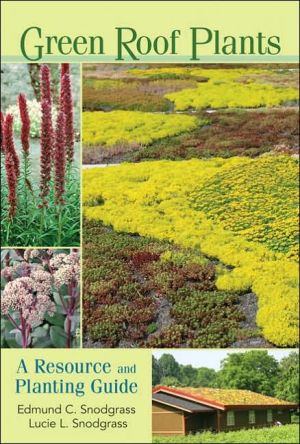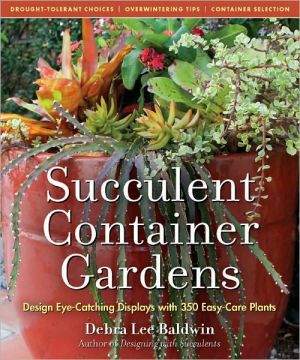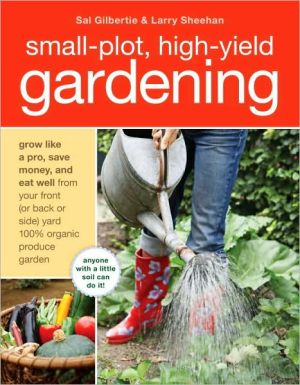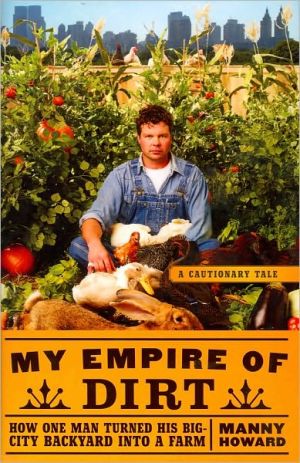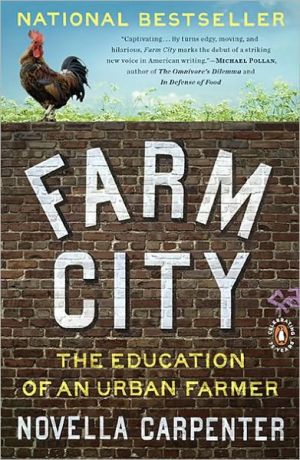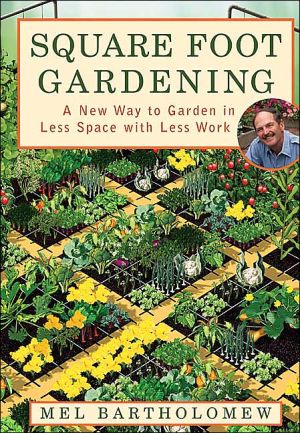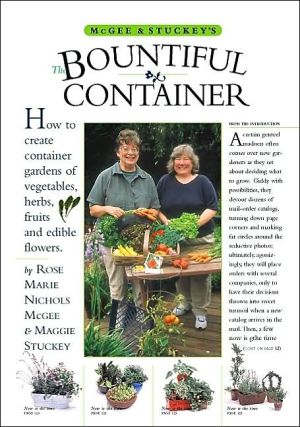Green Roof Plants: A Resource and Planting Guide
In just a few years, green roofs have gone from a horticultural curiosity to a booming growth industry — primarily because the environmental benefits of extensively planted roofs are now beyond dispute, whether for industrial or governmental complexes or for private homes in urban or suburban settings. Despite the high level of interest in green roofs, until now there has been no reliable reference devoted exclusively to the various species of drought-tolerant plants that are suitable for...
Search in google:
Green roofs have gone from horticultural curiosity to booming growth industry in urban and suburban settings alike—primarily because their environmental benefits are now beyond dispute. Concise, accurate, and easy to use, this is the first reference devoted to the drought-tolerant plants most likely to succeed, covering moisture needs, heat tolerance, hardiness, bloom color, foliage characteristics, and height of 200 species and cultivars. Carol Haggas - Booklist "Supported by 300-plus color photographs and including cultural details on more than 200 species and cultivars, this is an essential resource for home gardeners, landscape architects, and designers looking for environmentally friendly choices."—Carol Haggas, Booklist, October 2006
\ The idea of greening a roof is not a new one and, in fact, dates back thousands of years. Civilizations in Mesopotamia originated the concept (Dunnett and Kingsbury 2004), and Greeks, Romans, Persians, and other cultures had some form of roof gardens to green and cool their often brutally hot landscapes. The famed "hanging gardens of Babylon," for example, were actually planted on rooftops. At the other climatic extreme, sod roofs have long graced homes in Scandinavia, providing extra warmth and insulation in cold, wet climates. Nature itself is the inspiration for green roofs, depositing seeds that germinate in leaf, dirt, and rock piles on garden sheds, in gutters, and on seemingly inhospitable, often flat, stretches of roof. \ Green roofs did not attain widespread use until more recent times, and then only in parts of northern Europe, where the scarcity of land for new buildings, combined with the development of new roofing materials like concrete, were driving forces behind their modern adaptation. When Switzerland, Germany, Austria, and other countries embarked on a post-World War II building campaign, they utilized green roofs for practical, environmental, and aesthetic purposes. As cities expanded to the edges of the countryside, green roofs represented an innovative way to preserve green space, reduce the impact of development, and help filter and purify the air. Planted roofs increased oxygen output, softened urban streetscapes, reduced impervious surfaces, and contained storm water runoff to vital tributaries and major bodies of water that supplied drinking water to millions of people.
\ Booklist"Supported by 300-plus color photographs and including cultural details on more than 200 species and cultivars, this is an essential resource for home gardeners, landscape architects, and designers looking for environmentally friendly choices."—Carol Haggas, Booklist, October 2006\ — Carol Haggas\ \ \ \ \ Library JournalCurrently more prevalent in Europe but growing in popularity in North America, green roofs (roofs that feature growing plants) help preserve green space, control storm water runoff, reduce a building's energy costs, and provide beauty. Together, Edmund Snodgrass, a pioneer in this gardening form in the United States, and wife Lucie, a writer-gardener, provide an overview of green roofs, from their benefits and challenges to their design and construction to plant selection. Their plant selection guide, arranged by genus, describes green-roof plants that are suitable as ground covers or accent plants within USDA hardiness zones 2-9. Each plant entry includes a color photograph and indicates flower/foliage color, bloom period, hardiness zone, whether the plant is suitable as a groundcover or accent plant, height, spread, medium depth required for planting, and sun or shade needs. Appendixes divide plants by flower color, foliage color, and plant type. Complementing Nigel Dunnett and No l Kingsbury's Planting Green Roofs and Living Walls, this useful guide targeted to green-roof industry professionals will also interest a general audience. Recommended for botanical, academic, and public libraries. Sue O'Brien, Downers Grove P.L., IL Copyright 2006 Reed Business Information.\ \
